The Mississippi Map Turtle (Graptemys pseudogeographica kohnii) fascinates both novice and experienced reptile enthusiasts with its distinctive appearance and interesting behaviors. Named for the intricate map-like patterns adorning its shell, this semi-aquatic turtle native to the Mississippi River basin offers a perfect introduction to the diverse world of freshwater turtles. Whether you’re considering one as a pet or simply curious about these remarkable creatures, this guide will walk you through everything you need to know about the Mississippi Map Turtle – from its natural habitat and physical characteristics to its care requirements and conservation status. Join us as we explore this captivating species that combines beauty, intelligence, and unique adaptations that have allowed it to thrive in its riverine environment for millions of years.
Natural Habitat and Distribution

Mississippi Map Turtles are native to the Mississippi River drainage basin, with their range extending from Illinois and Wisconsin down to the Gulf of Mexico, primarily inhabiting Louisiana, Mississippi, and parts of Texas. These turtles prefer large rivers, streams, and lakes with abundant basking spots and moderate to swift currents. Their ideal habitat includes water bodies with sandy or muddy bottoms, plenty of aquatic vegetation, and structures like fallen trees or rocks that emerge from the water for basking opportunities. Map turtles are particularly drawn to environments with clean, well-oxygenated water as they are quite sensitive to pollution. Their distribution has been somewhat affected by habitat alteration, with dam construction and channelization of rivers changing the natural flow patterns these turtles have evolved to thrive in.
Physical Characteristics and Identification

The Mississippi Map Turtle derives its name from the intricate yellow-to-olive network of lines on its carapace (upper shell) that resembles contour lines on a topographical map. Females exhibit significant sexual dimorphism, growing considerably larger than males, with females reaching 7-10 inches in shell length while males typically remain between 3.5-5 inches. Their shells feature a distinct ridge (keel) running down the center of the carapace, which becomes less prominent as they age. The turtle’s skin is primarily dark green to black with distinctive yellow to light green stripes, including a characteristic yellow spot behind each eye that helps distinguish them from other map turtle species. Their feet are webbed for efficient swimming, and they possess powerful jaws that have evolved to accommodate their specialized diet.
Distinctive Behavioral Traits

Mississippi Map Turtles are known for their avid basking behavior, often seen gathering in large numbers on logs or rocks protruding from the water to absorb warmth from the sun. These turtles are notoriously shy and wary, quickly retreating into the water at the slightest disturbance, making them challenging to observe closely in the wild. They are primarily diurnal, being most active during daylight hours when they alternate between feeding and basking activities. In captivity, they may recognize their caretakers over time but generally remain more skittish than other commonly kept turtle species. During winter months in the northern parts of their range, these turtles undergo brumation (a reptilian form of hibernation), reducing their activity and metabolic rate as they rest on the bottom of water bodies.
Diet and Feeding Habits

Mississippi Map Turtles display fascinating dietary specialization, with pronounced differences between males and females due to their size dimorphism. Females, with their larger, more powerful jaws, primarily consume mollusks such as snails and mussels, crushing the shells with ease to access the nutritious flesh inside. Males, being smaller with less powerful jaws, focus more on aquatic insects, small crustaceans, and occasionally plant matter. Young turtles of both sexes tend to be more carnivorous, gradually incorporating more plant material into their diet as they mature. In captivity, these turtles should be offered a varied diet including commercial turtle pellets, fresh leafy greens, aquatic plants, and appropriate protein sources like fish, shrimp, and insects to mirror their natural feeding patterns. Their specialized feeding habits make them important components of their ecosystem, potentially helping control populations of certain invertebrates.
Setting Up the Proper Habitat
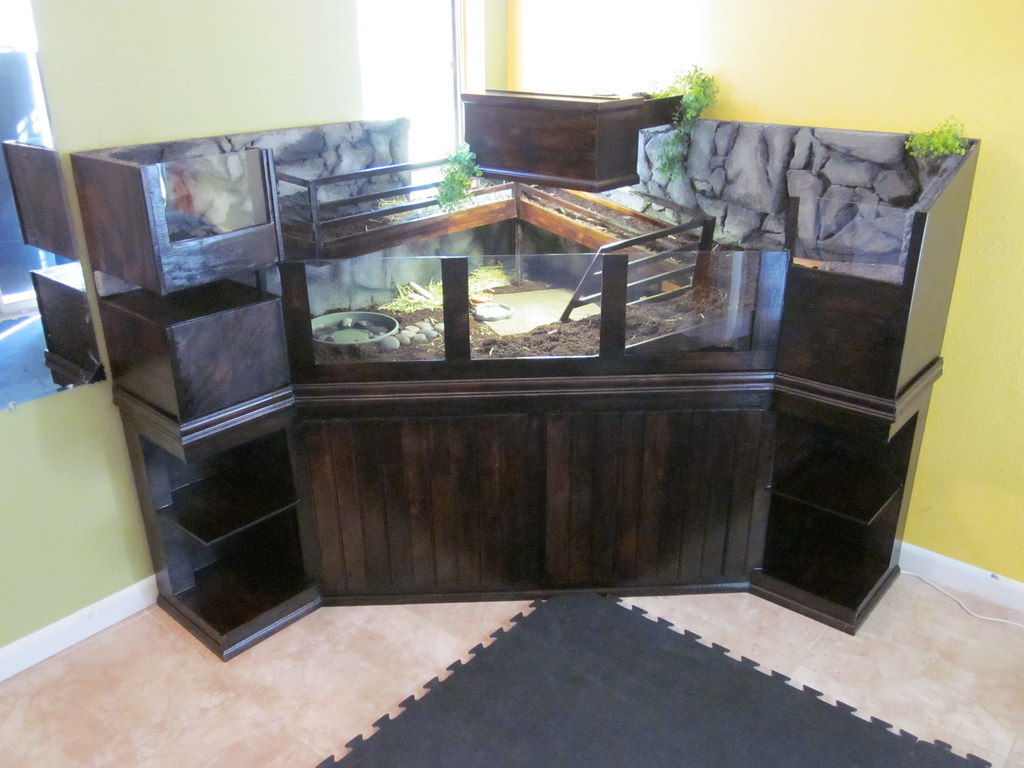
Creating an appropriate habitat for a Mississippi Map Turtle requires careful attention to several key elements, beginning with an adequately sized aquatic enclosure. For a single adult female, experts recommend a minimum 75-gallon tank, while males can manage in a 40-gallon setup; larger is always better, and multiple turtles require significantly more space. The aquarium should include a powerful filtration system capable of handling high waste loads, as these turtles are messy eaters and produce substantial waste. A proper habitat must feature a secure basking area that allows the turtle to completely exit the water and dry off under a UVB light source that mimics natural sunlight. Water temperature should be maintained between 75-82°F with a basking spot of 90-95°F, created using appropriate heat lamps positioned above the dry area. Include various aquatic features like driftwood, rocks, and safe aquatic plants (real or artificial) to create a stimulating environment that replicates their natural habitat while providing hiding spots that help reduce stress.
UV Lighting and Temperature Requirements

Mississippi Map Turtles have specific lighting and temperature needs that are essential for their overall health and well-being. UVB lighting is non-negotiable for these turtles, as it enables them to synthesize vitamin D3, which is crucial for proper calcium metabolism and shell development. A high-quality UVB bulb rated for reptiles should be positioned over the basking area and replaced every 6-12 months, even if still illuminating, as the UV output diminishes over time. The water temperature should be maintained between 75-82°F using a reliable submersible heater with a guard to prevent direct contact with the turtle. Create a thermal gradient within the habitat, with the basking area reaching 90-95°F, allowing the turtle to thermoregulate by moving between warmer and cooler areas. Ambient air temperature around the enclosure should be kept between 75-85°F during the day, dropping slightly at night to mimic natural temperature fluctuations.
Water Quality Management

Maintaining excellent water quality is perhaps the most critical aspect of Mississippi Map Turtle care, as these turtles are particularly sensitive to poor conditions that can quickly lead to health problems. Install a filtration system rated for at least three times the actual water volume of your tank, using a combination of mechanical, biological, and chemical filtration to handle the heavy bioload these messy eaters produce. Perform partial water changes of 25-30% weekly, using a gravel vacuum to remove accumulated waste from the substrate. Test water parameters regularly, maintaining zero ammonia and nitrite levels, while keeping nitrates below 40ppm. Avoid using soap or detergents when cleaning tank components, as residues can be toxic to turtles, and always use a water conditioner to neutralize chlorine and chloramines when adding fresh water. Consider incorporating live aquatic plants like Amazon sword or anubias which can help with natural filtration while providing enrichment, though be prepared to replace them as turtles may damage or consume them.
Health Concerns and Common Diseases
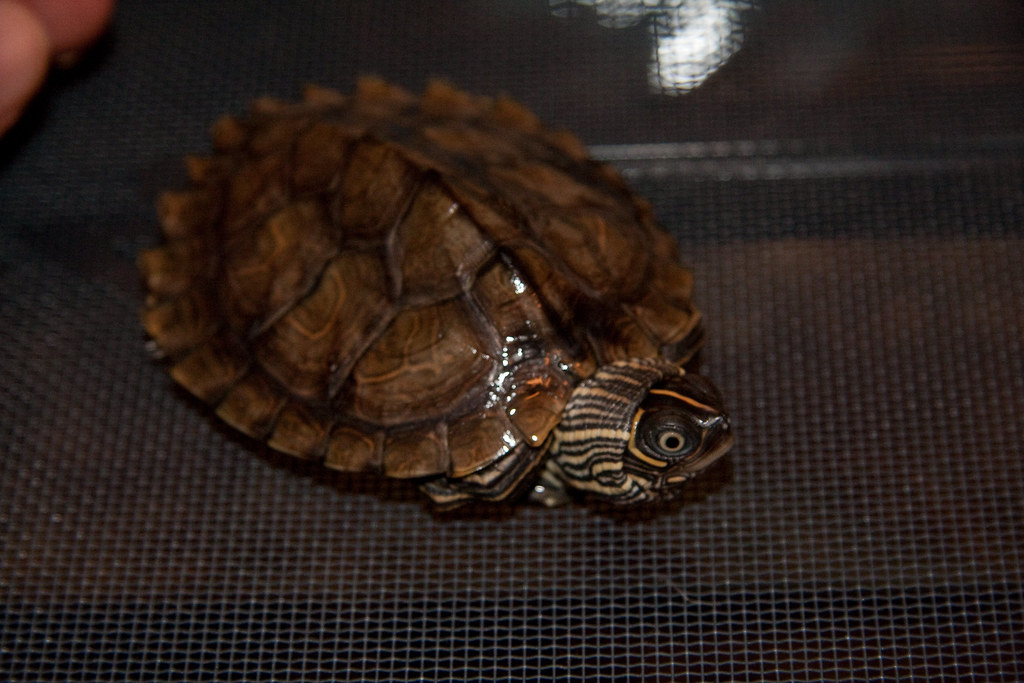
Mississippi Map Turtles, while generally hardy, are susceptible to several health issues that owners should vigilantly monitor for. Metabolic bone disease, resulting from insufficient UVB exposure or calcium deficiency, manifests as shell deformities, tremors, and weakened limbs, requiring immediate veterinary intervention and husbandry corrections. Respiratory infections, indicated by wheezing, excess mucus, or swimming lopsidedly, often stem from inadequate basking opportunities or cool water temperatures. Shell rot, appearing as soft or discolored patches on the shell, typically results from poor water quality or injuries and requires antibiotic treatment and improved habitat conditions. Vitamin A deficiency can cause swollen eyelids and respiratory issues, necessitating dietary adjustments and possibly supplementation under veterinary guidance. Preventative healthcare should include annual check-ups with a reptile-experienced veterinarian, proper quarantine procedures for new turtles, and careful observation of behavior, appetite, and physical appearance to catch potential issues early.
Breeding and Reproduction
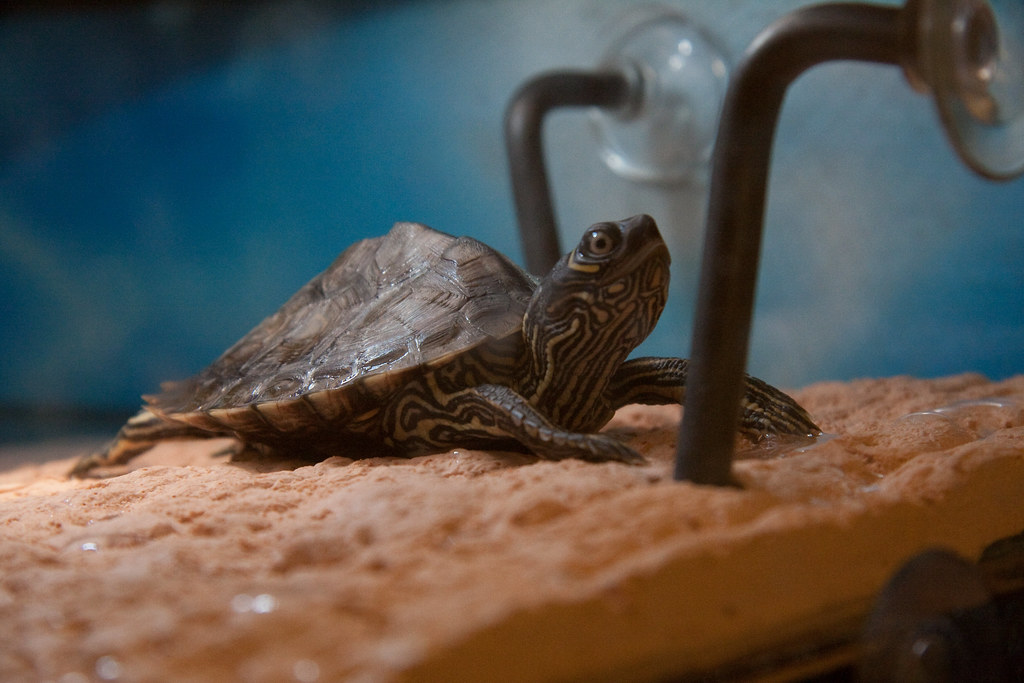
Breeding Mississippi Map Turtles requires careful preparation and understanding of their reproductive cycle, which typically begins with a cooling period (brumation) of 2-3 months at temperatures around 55-60°F to stimulate breeding behavior. Following this period, males will court females through an elaborate display of vibrating their front claws against the female’s face, a behavior known as “titillation.” Females that have successfully mated will seek nesting sites 4-6 weeks later, preferably sandy areas above the waterline where they dig flask-shaped nests and deposit 6-20 eggs, potentially producing multiple clutches per season. Eggs require incubation at temperatures between 82-88°F with 80-85% humidity for 60-75 days, with incubation temperature influencing the sex of the hatchlings (higher temperatures producing females). Hatchlings emerge measuring approximately one inch in diameter and require specialized care including shallow water, easily accessible food, and appropriate-sized hiding places to ensure their survival during this vulnerable stage of development.
Growth Rates and Lifespan
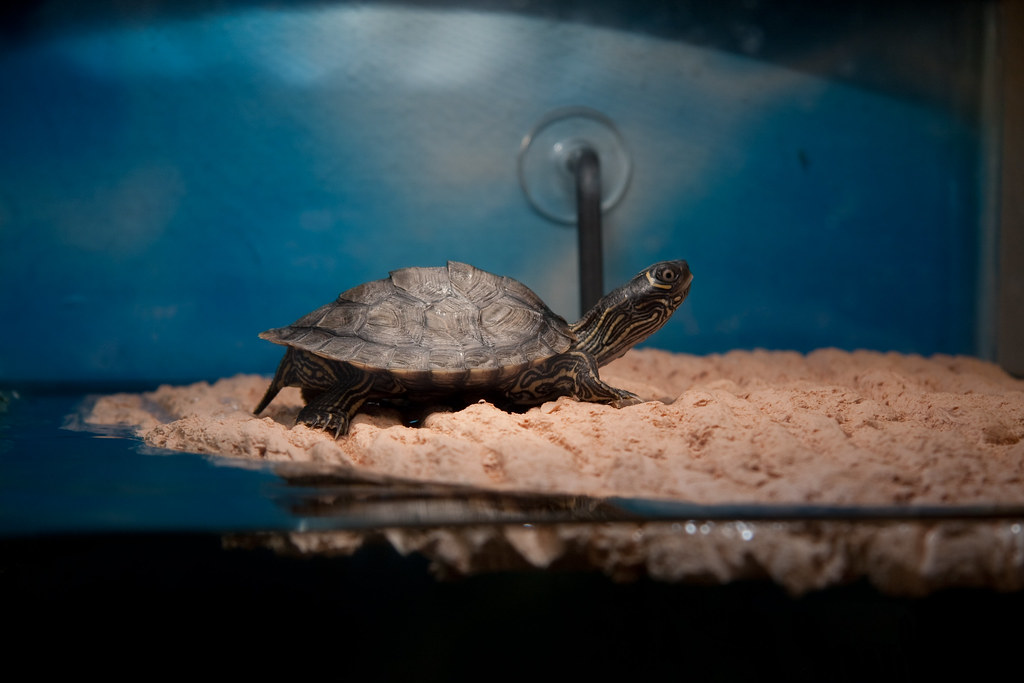
Mississippi Map Turtles exhibit relatively rapid growth during their first few years of life when provided with optimal conditions. Hatchlings, typically measuring around one inch in shell length, can double their size within the first year under proper care with adequate nutrition and habitat conditions. Growth rates begin to slow after the third year, with males reaching their full size of 3.5-5 inches in approximately 4-5 years, while females continue growing more gradually until reaching their adult size of 7-10 inches in about 7-8 years. With proper care, these turtles are long-lived reptiles, with well-maintained specimens reaching 30-50 years in captivity, making them a significant long-term commitment for potential owners. Growth can be influenced by various factors including diet quality, habitat size, temperature, and genetic predisposition, with inadequate conditions potentially stunting growth and reducing overall lifespan substantially.
Handling and Socialization
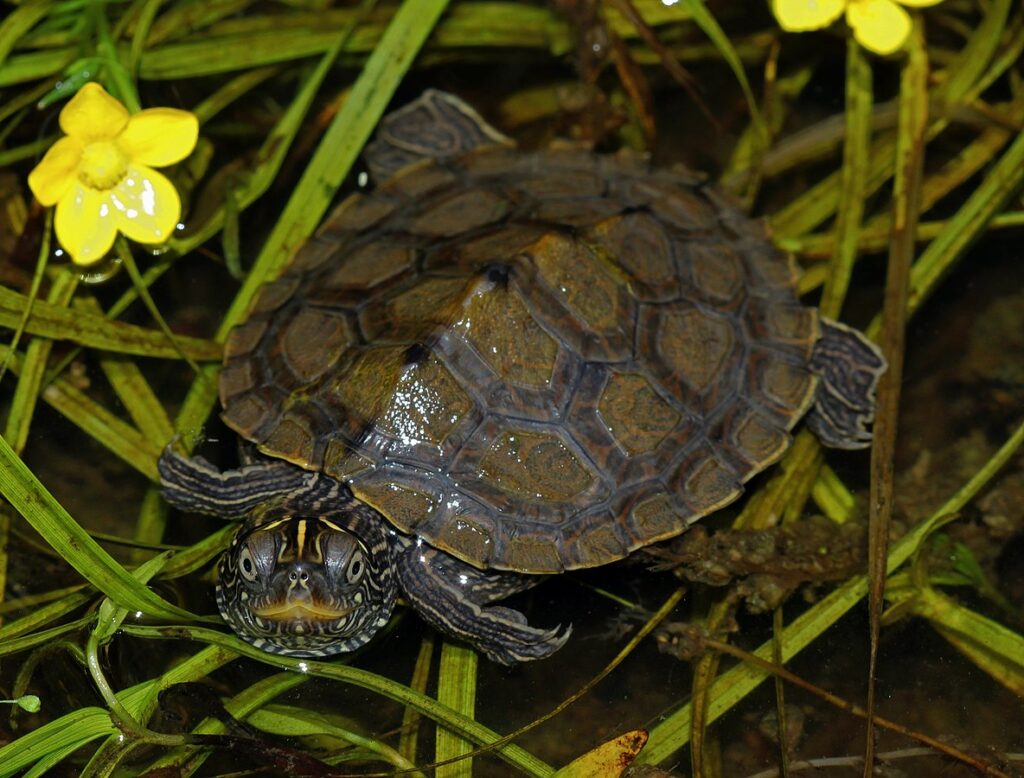
Mississippi Map Turtles are generally not ideal candidates for regular handling, as they tend to be more nervous and stress-prone than some other turtle species. When handling is necessary for health checks or habitat maintenance, always support the turtle’s body with both hands under the plastron (bottom shell), never picking them up by the tail or limbs which could cause injury. Minimize handling sessions to no more than a few minutes, watching for signs of stress such as frantic swimming motions, urination, or withdrawal into the shell. While these turtles rarely become truly tame, they can grow more accustomed to their keepers over time, often learning to associate them with feeding and becoming more comfortable with routine activities around their enclosure. Some individuals may eventually approach the front of the tank when their caretaker enters the room, though this behavior is more accurately described as food association rather than affection or bonding.
Conservation Status and Ethical Considerations
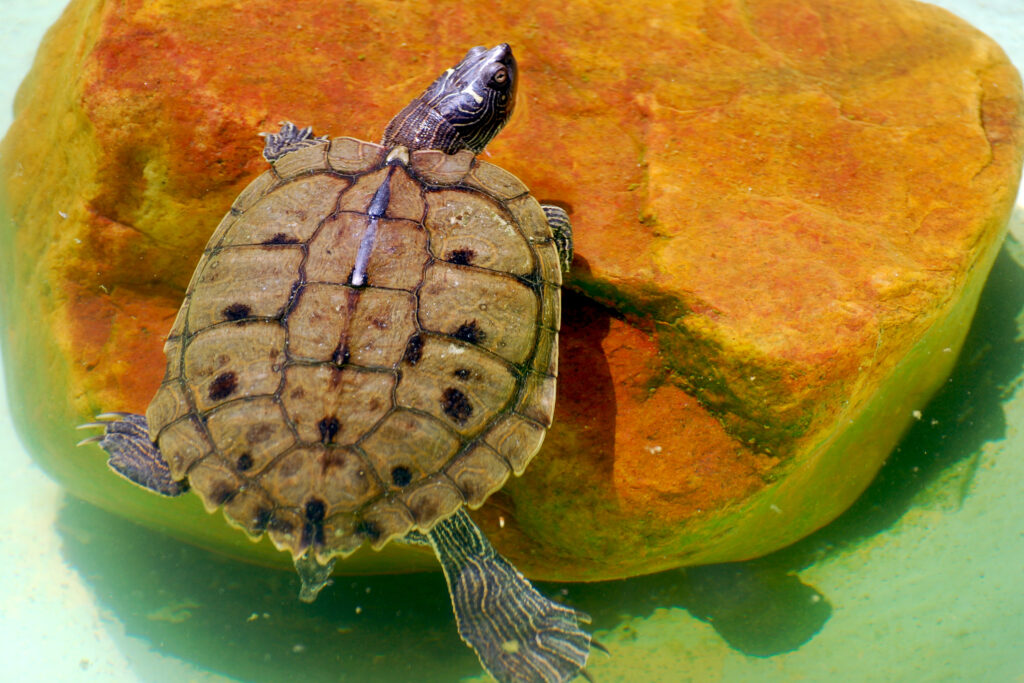
The Mississippi Map Turtle is not currently listed as endangered or threatened, but populations face increasing pressure from habitat destruction, water pollution, and collection for the pet trade. Many states have implemented regulations governing the collection and sale of these turtles to prevent unsustainable harvesting from wild populations. Ethical ownership entails purchasing only captive-bred specimens from reputable breeders, which reduces demand for wild-caught individuals and typically results in healthier, more adaptable pets. Potential owners should research their state’s specific regulations regarding map turtle ownership, as laws vary significantly across different regions. Conservation efforts focus on habitat preservation, water quality improvement, and public education about the ecological role these turtles play in their native ecosystems. For those interested in contributing to conservation, supporting organizations working to protect freshwater habitats and advocating for clean water initiatives directly benefits map turtles and countless other aquatic species.
Cohabitation and Tank Mates
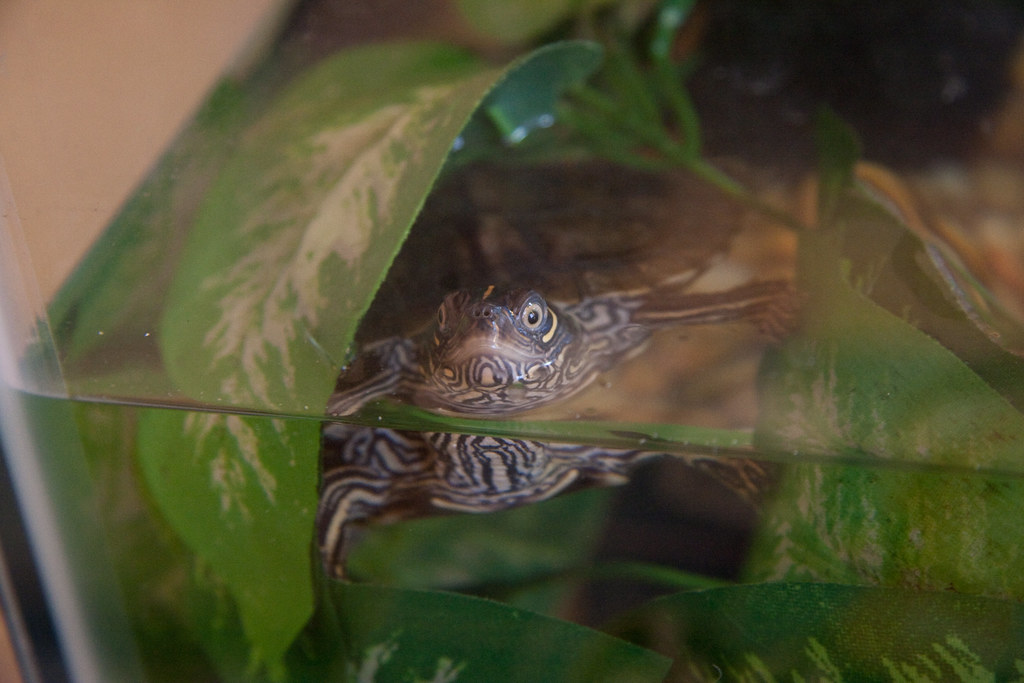
Mississippi Map Turtles can be housed together with careful consideration of space requirements and compatible personalities. When keeping multiple map turtles, provide at least 50 additional gallons of water per adult female and 25 additional gallons per adult male beyond the base requirement, with multiple basking areas large enough to accommodate all turtles simultaneously to prevent competition and aggression. Males should not be housed together as they may become territorial and fight, especially during breeding season. These turtles can sometimes coexist with other map turtle species of similar size and temperament, though close monitoring is necessary to ensure peaceful interactions. Fish are generally not recommended as tank mates due to the turtle’s predatory nature, though some owners have success with very fast-moving species or in exceptionally large, well-planted aquariums. The decision to house multiple turtles together should be approached cautiously, with the ability to separate individuals if aggression, bullying, or food competition becomes problematic.
Enrichment and Mental Stimulation

Mississippi Map Turtles possess surprising intelligence and benefit greatly from environmental enrichment that stimulates natural behaviors and prevents boredom in captivity. Varying the habitat design periodically by rearranging decorations, adding new climbing structures, or introducing novel basking platforms can encourage exploration and physical activity. Offering food in different ways, such as floating items that require active hunting, hiding treats in puzzle feeders, or occasionally providing live food like snails or small fish (for larger specimens) can stimulate their predatory instincts and problem-solving abilities. Some owners have success training their map turtles to follow a target stick for feeding, which provides mental stimulation while making health inspections easier. Creating currents in the water with adjustable return flows from the filtration system mimics their natural riverine habitat and encourages swimming against the current, providing both physical exercise and environmental engagement. Properly enriched turtles typically display more natural behaviors, better appetites, and fewer stress-related health issues than those kept in sterile, unchanging environments.
The Mississippi Map Turtle represents a fascinating blend of specialized adaptations, striking appearance, and complex care requirements that make it both a challenging and rewarding species for dedicated enthusiasts. While not ideal for beginner reptile keepers, those willing to invest in proper habitat setup, nutrition, and long-term care will find these turtles to be engaging pets that provide decades of companionship and observational pleasure. As with any specialized species, responsible ownership begins with thorough research and preparation before bringing one home. By understanding and respecting their natural behaviors and physiological needs, we can ensure these remarkable reptiles thrive in our care while contributing to conservation efforts that protect their wild counterparts. Whether you’re admiring them in their natural habitat or caring for them in a carefully designed aquatic setup, Mississippi Map Turtles offer a window into the remarkable diversity and adaptation of chelonian life.

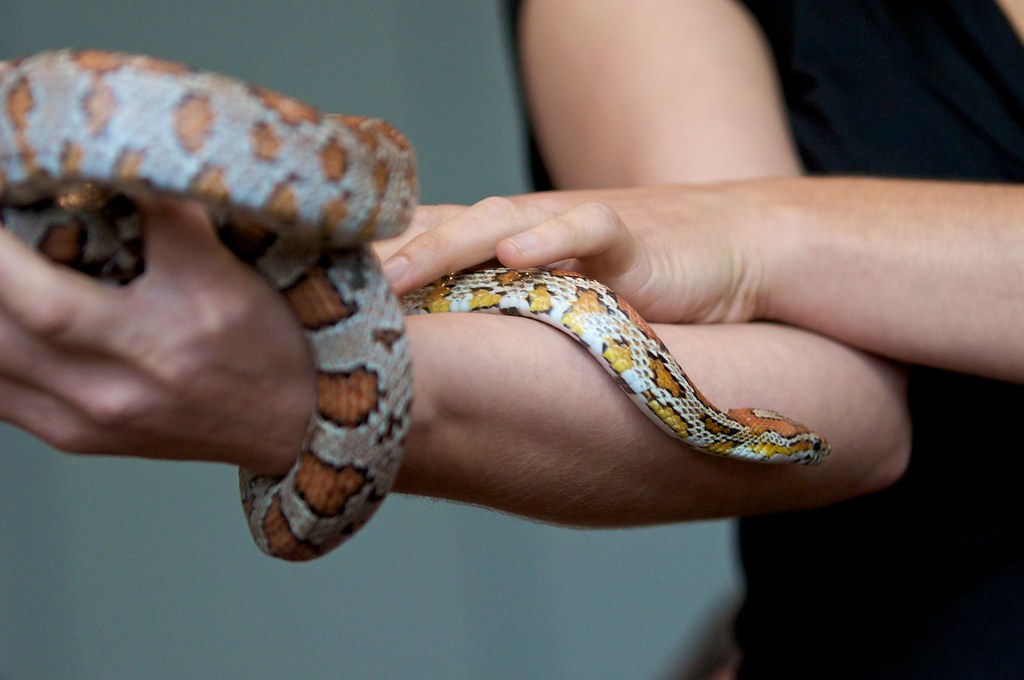

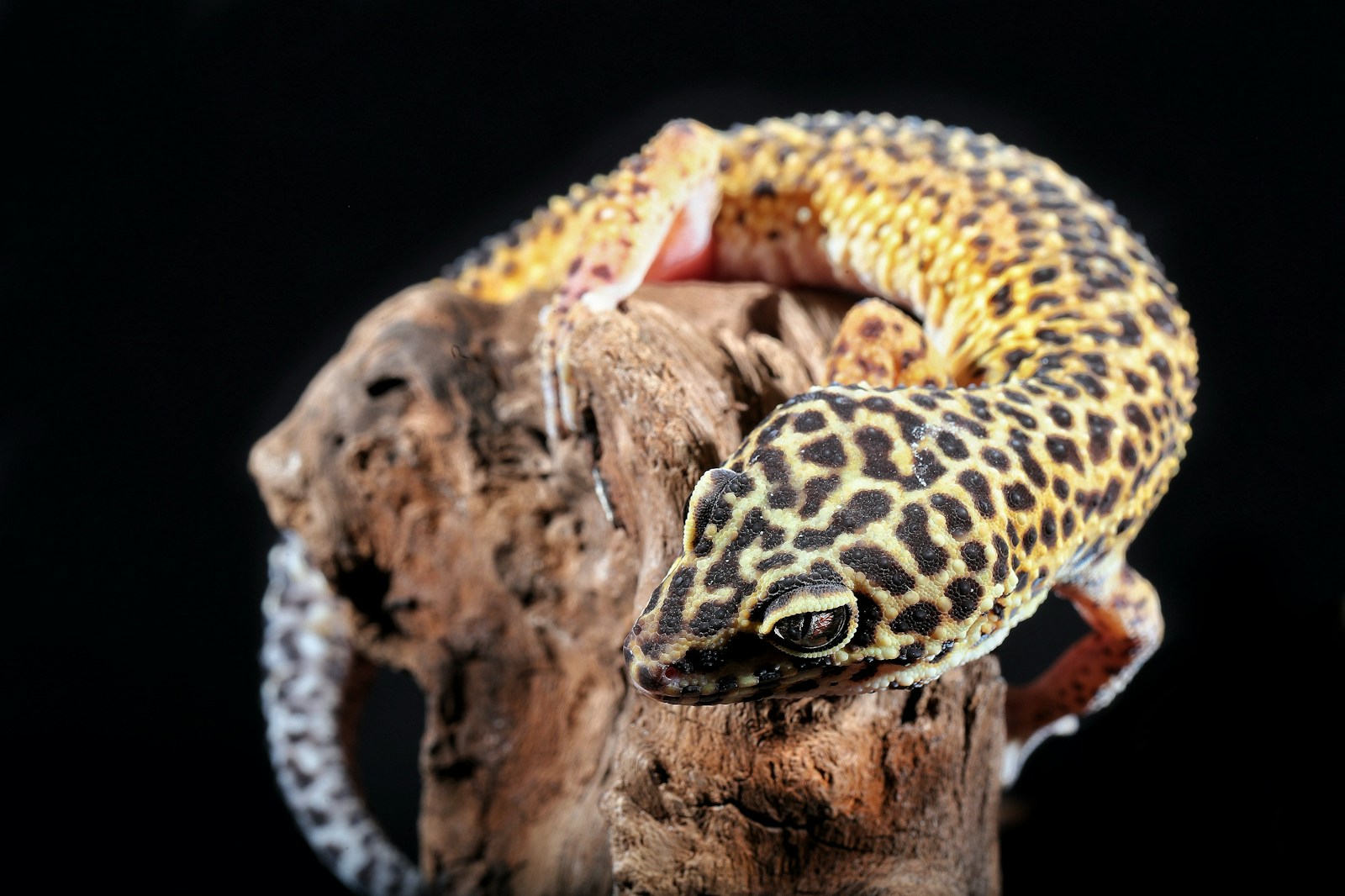

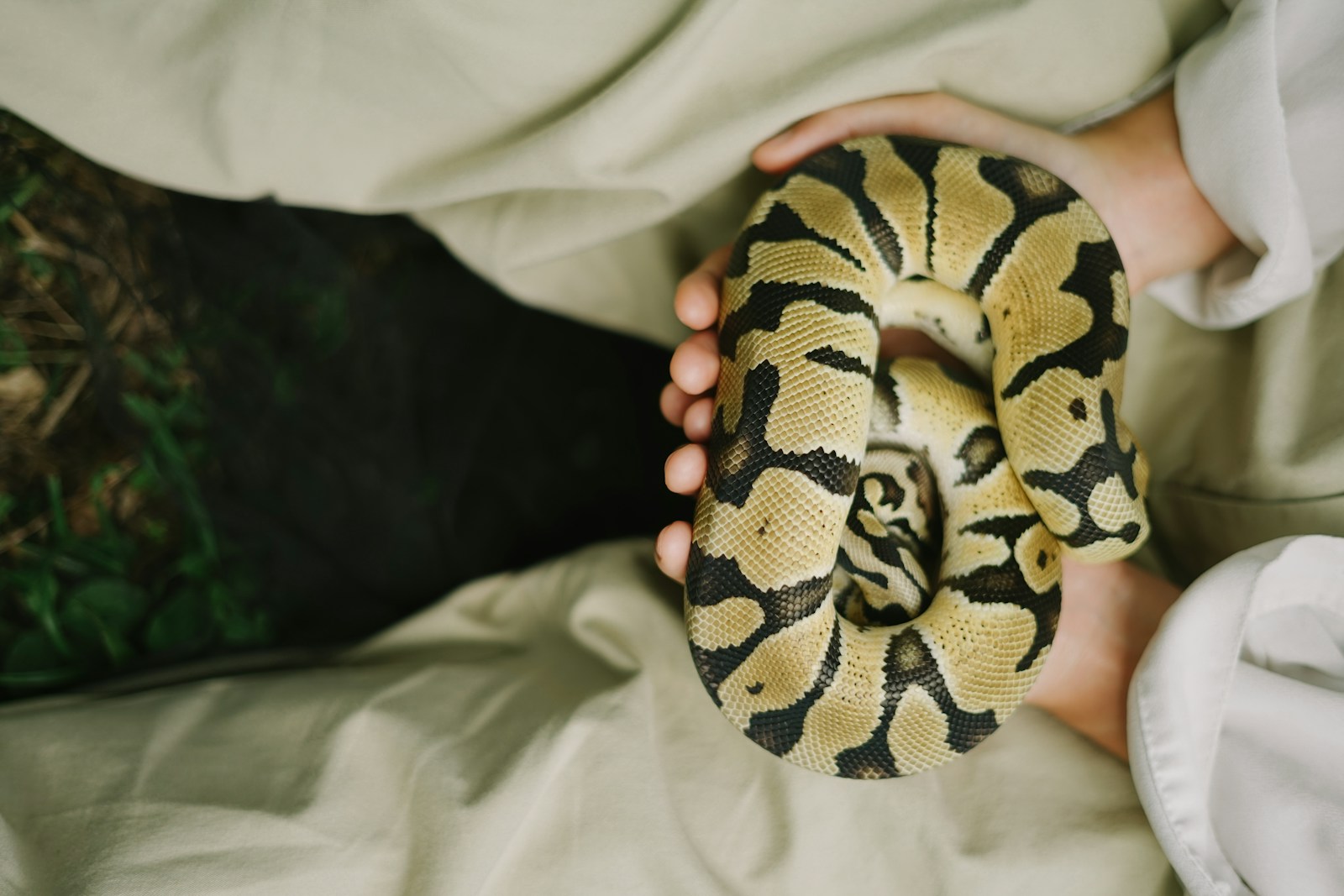
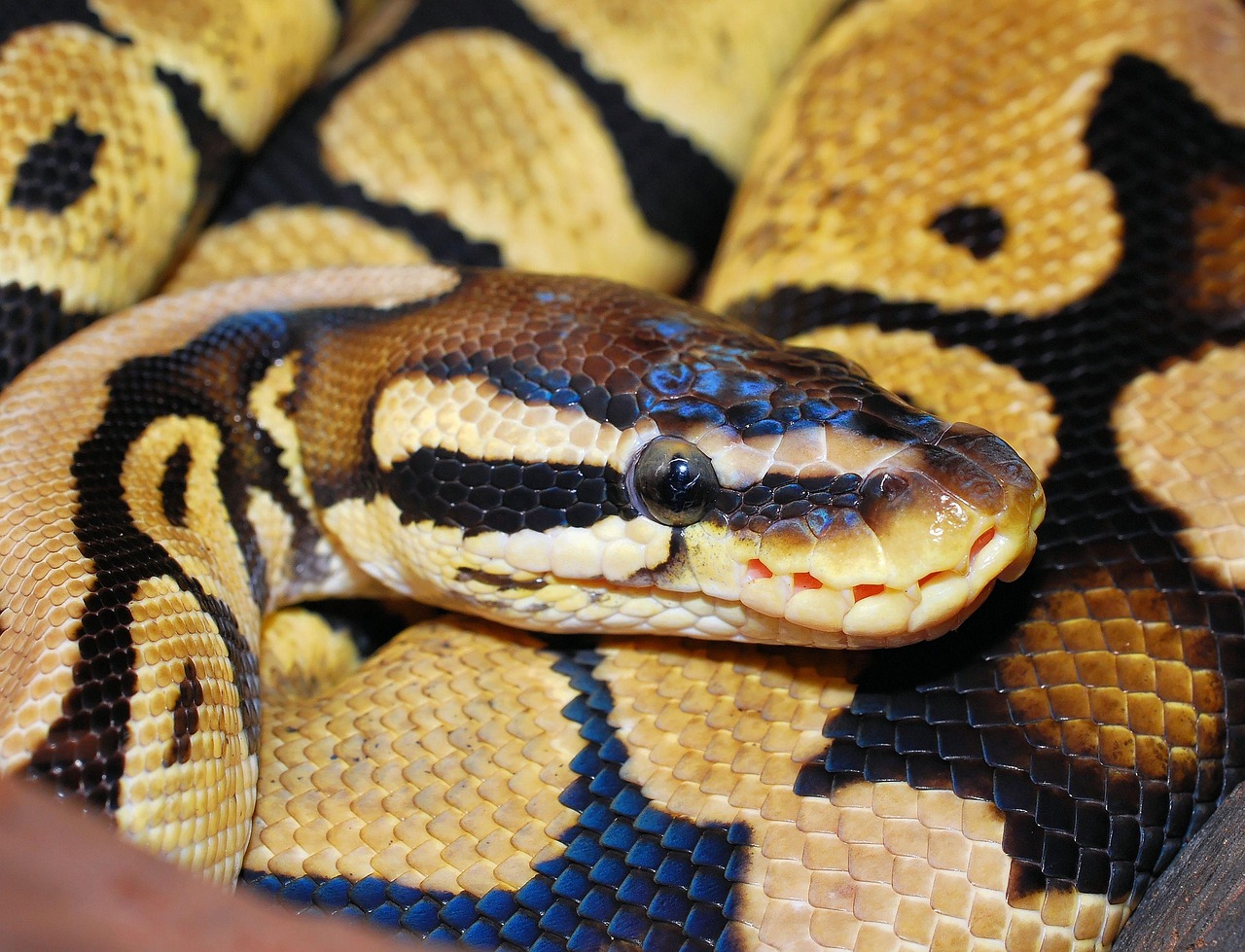

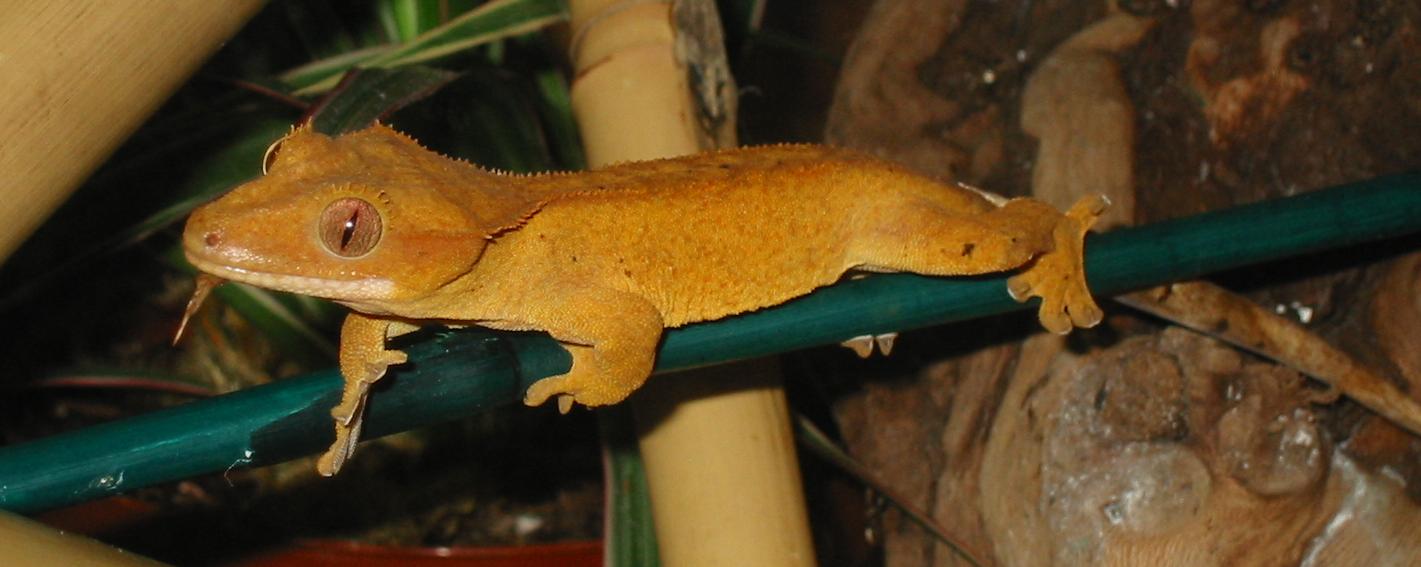

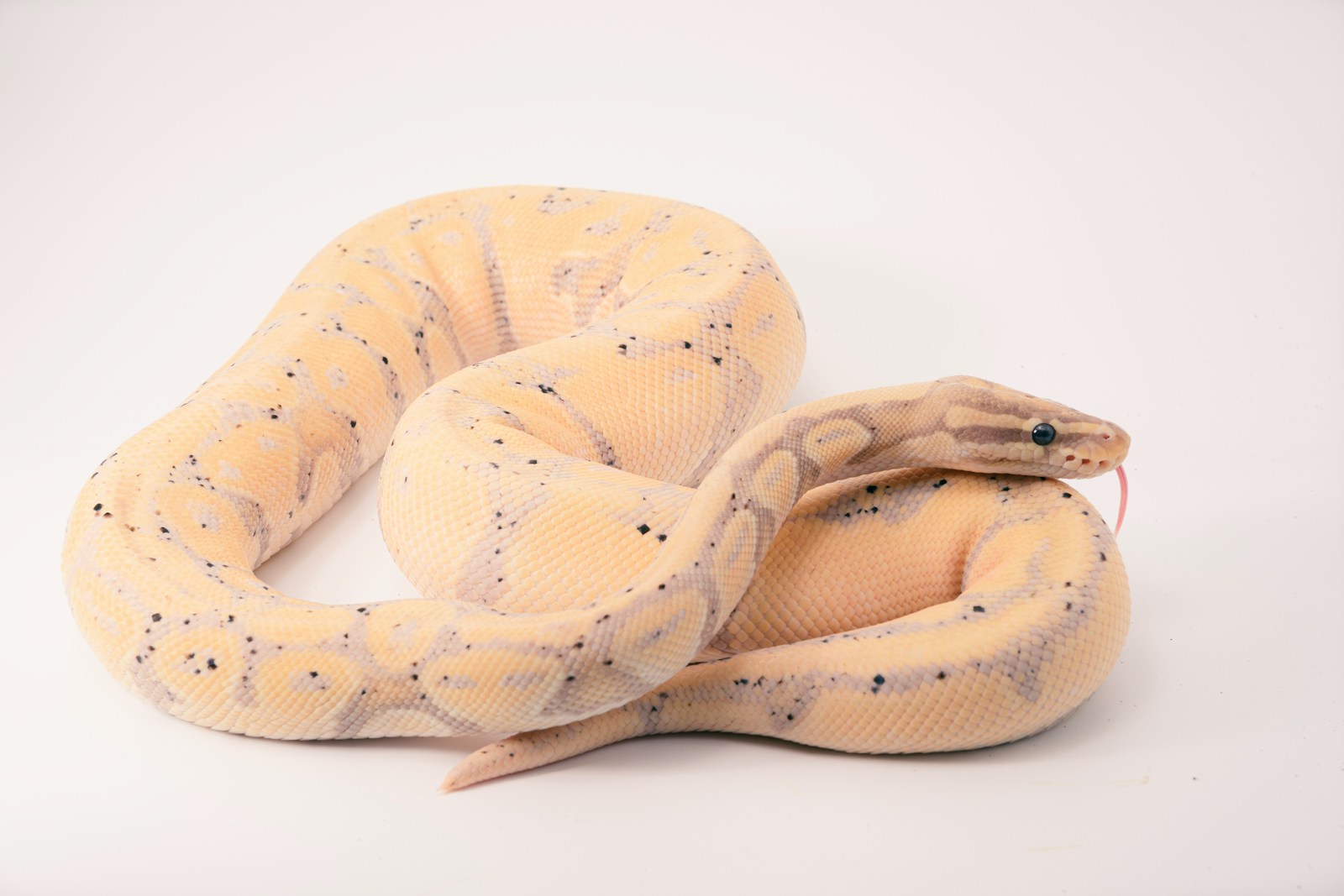

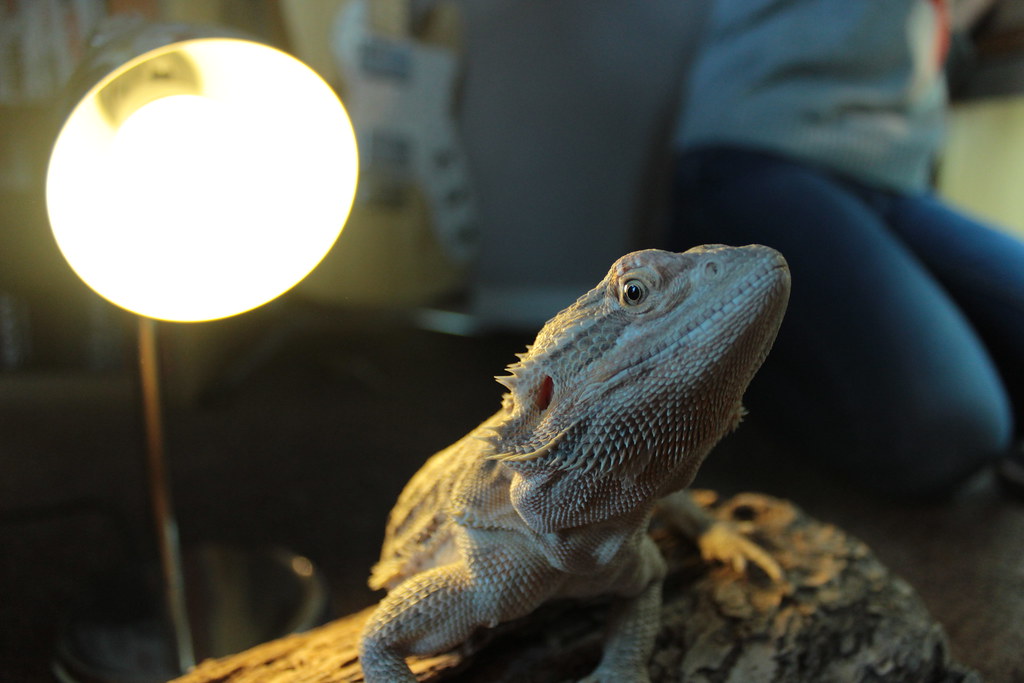
Leave a Reply